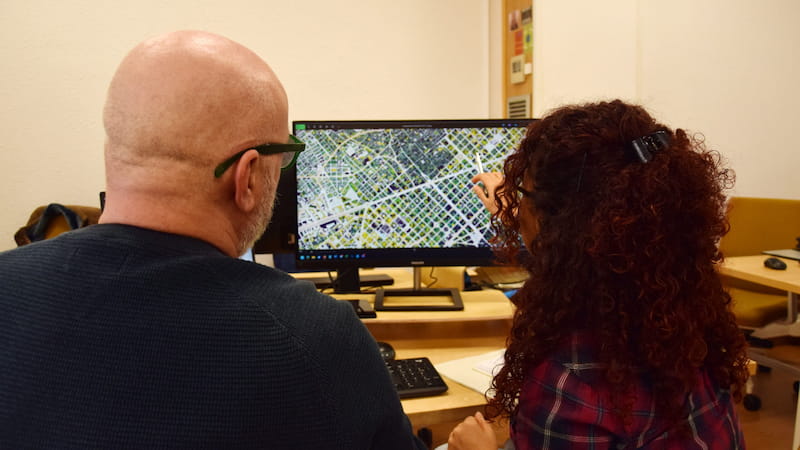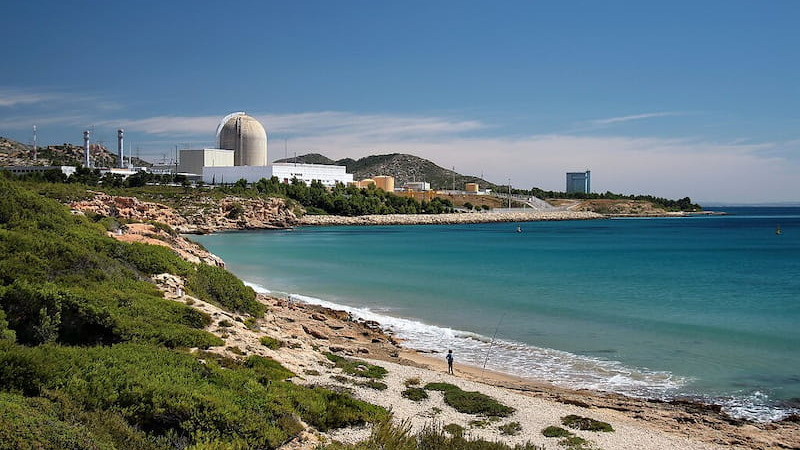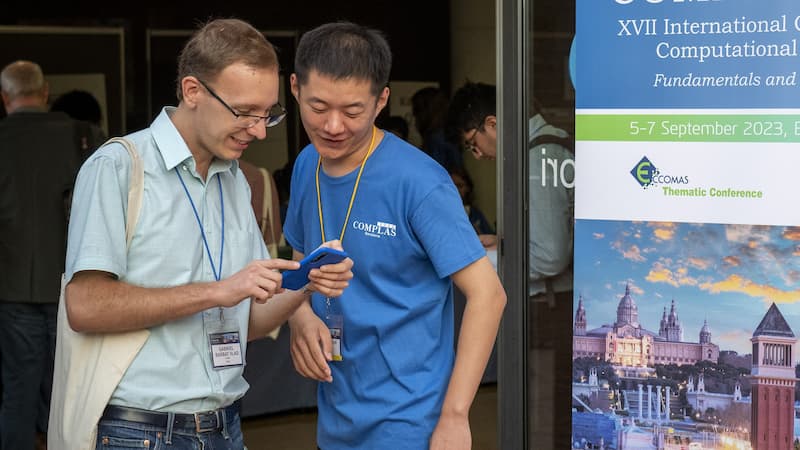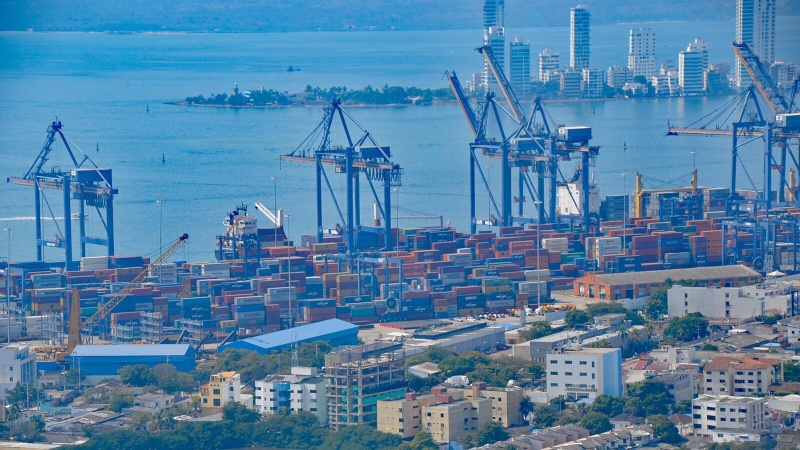A novel study by researchers at CIMNE and the Port of Barcelona has developed an innovative framework to accurately quantify greenhouse gas (GHG) emissions from road transport activities within seaports. The research, which combines advanced data collection methods and analytical tools, addresses critical gaps in emissions tracking for complex port operations. Its findings were recently presented at the Transportation Research Board (TRB) Annual Meeting 2025 in Washington, DC, a global gathering of transport sector experts.
The study, titled “Comprehensive Methodology for Assessment of Road Transport Emissions in Seaports: Port of Barcelona Case Study,” was conducted by Maurici Hervas, Dr Sergi Saurí, and Matteo Boschian Cuch from CIMNE’s transport innovation unit CENIT, alongside Joaquim Cortes from the Port of Barcelona. By leveraging Automated License Plate Recognition (ALPR) technology, the methodology constructs a detailed origin-destination matrix of vehicle movements, enabling precise calculations of travel distances and associated emissions.

CIMNE's Matteo Boschian at the TRB Annual Meeting 2025
The transport sector accounts for 25% of Europe’s total GHG emissions, with road transport responsible for 71% of that share. As critical supply chain hubs, ports play a pivotal role in advancing environmental sustainability, yet the diversity of vehicles and activities within these areas complicates emissions quantification. This research bridges that gap through a bottom-up approach tailored to port-specific dynamics.
Key elements of the methodology involve several steps. Data collection is conducted using ALPR cameras, which record vehicle entry and exit points, travel directions, and timestamps. Distance estimation is carried out using tools such as Google Maps to map the shortest travel paths between network nodes. Lastly, emission calculations are performed by analysing fleet composition, emission factors, and idle times to estimate emissions during both cruising and idle modes.
Port of Barcelona Case Study
The Port of Barcelona served as the pilot site for the framework, aligning with its Energy Transition Plan (ETP) to reduce GHG emissions and comply with ISO 14064-1 standards. By categorizing emissions by vehicle type and goods transported, the methodology also supports targeted transport management and planning.

Port of Barcelona. Source: Amontero, Wikimmedia Commons
Future directions
The study highlights opportunities to enhance accuracy through expanded camera coverage, refined emission factors, and integration into digital twins for real-time monitoring. Such advancements could transform emissions management for seaports globally.
The research underscores the potential for data-driven solutions to advance decarbonization in maritime logistics.
Showcased in Washington
|
CENIT Researcher and Port of Barcelona Fellow, Matteo Boschian Cuch, a co-author for the study, recently shared the study in Washington, DC, within the prestigious Transportation Research Board (TRB) Annual Meeting of America’s National Academies. Mr Boschian highlighted the chance to present the work at TRB 2025 was “a wonderful opportunity for connecting with international researchers and industry professionals and discussing the various perspectives on the sustainable transition that the transport sector is currently undergoing”. The researcher highlighted that their work “was appreciated for the detailed characterization of the vehicle fleet visiting the port and the distances travelled by them”. Reflecting on the experience, Mr Boschian points out that all the interactions at the event provided “valuable feedback and suggestions to improve the quality of the research.”
Mr. Boschian at the TRB Annual Meeting 2025 |
About CENIT
CENIT is the Innovation Unit in Transport within the International Centre for Numerical Methods in Engineering (CIMNE). Established in 2001, CENIT focuses on generating and disseminating knowledge related to transport, logistics, and mobility through research, training, and technology transfer. The unit has undertaken numerous projects in transport economics and engineering, aiming to address societal demands, particularly in urban environments. CENIT's expertise includes planning and designing transport systems, demand simulation and forecasting, operations and logistics cost optimization, and evaluating the economic, financial, and social profitability of transport projects. Their work is dedicated to enhancing urban comfort, providing efficient transportation, and respecting the environment.









